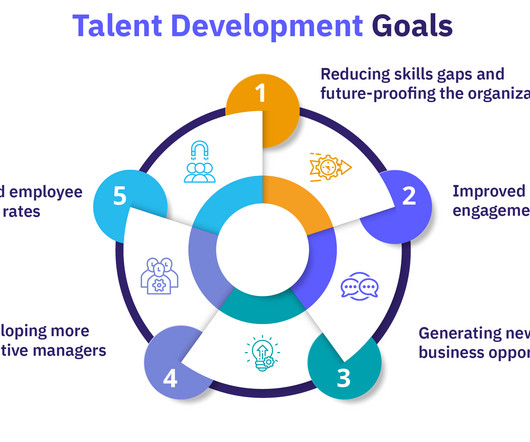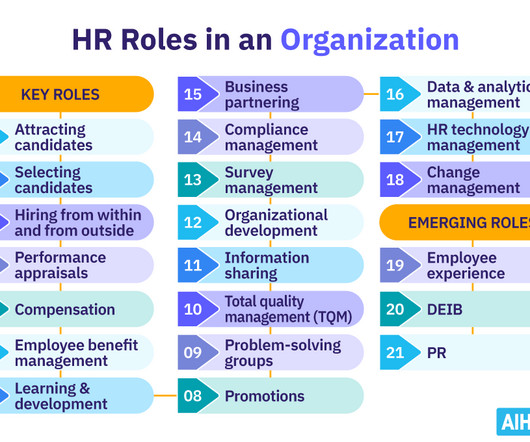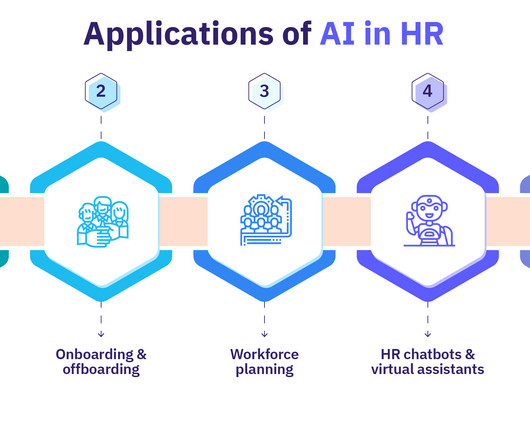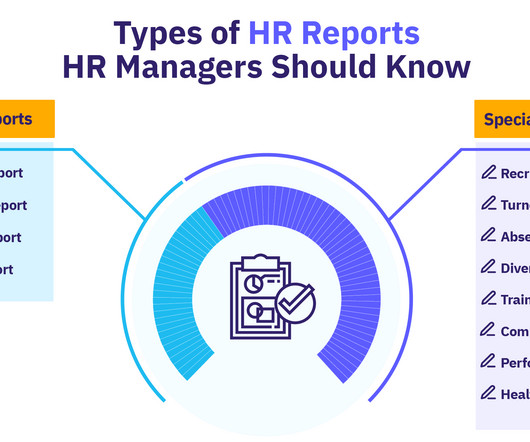Elevating Others Thought Leadership | Watchen Nyanue Hampton
Peter Winick
JANUARY 29, 2024
Watchen shows how elevating others in thought leadership and using your own power to share the spotlight can be good for retention, succession planning, and reaching wider audiences through wider conversations that you otherwise might never have been aware of. It makes a huge difference in retention. It’s an asset.


















Let's personalize your content